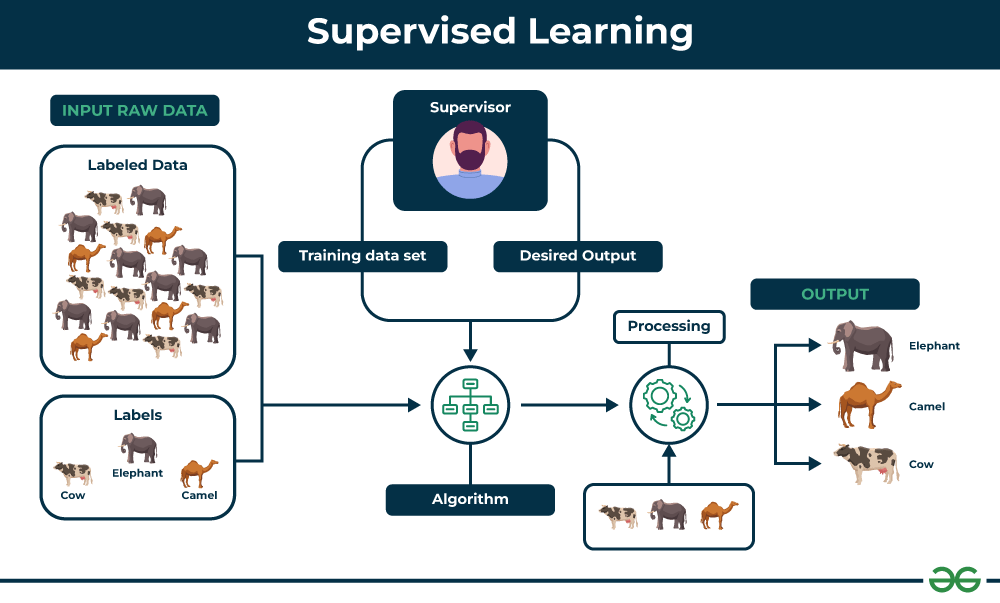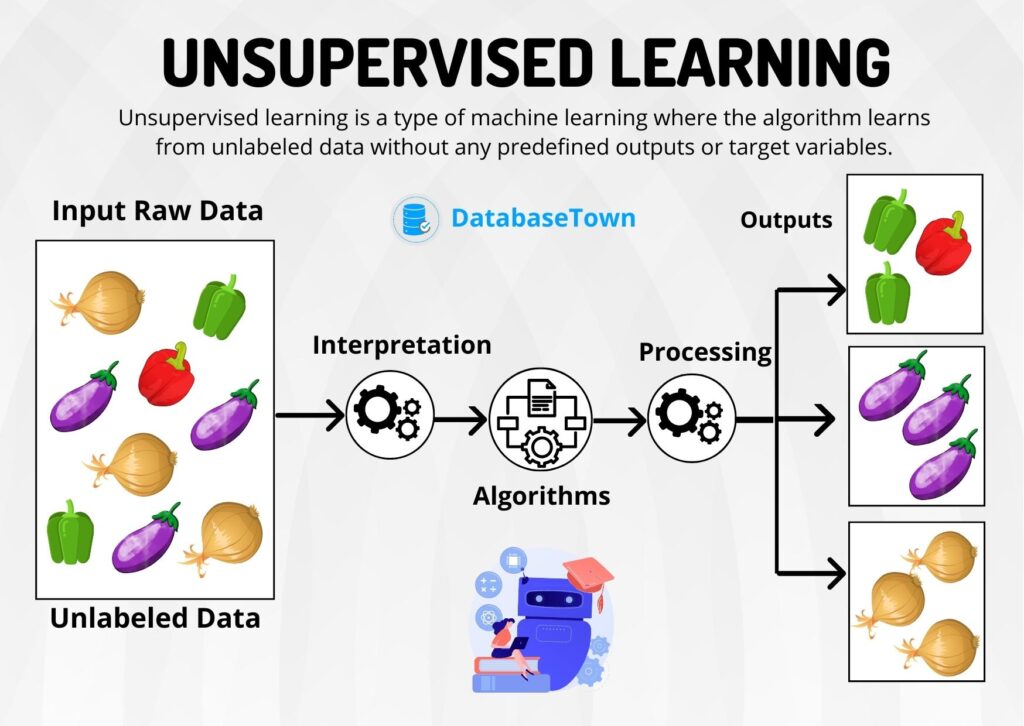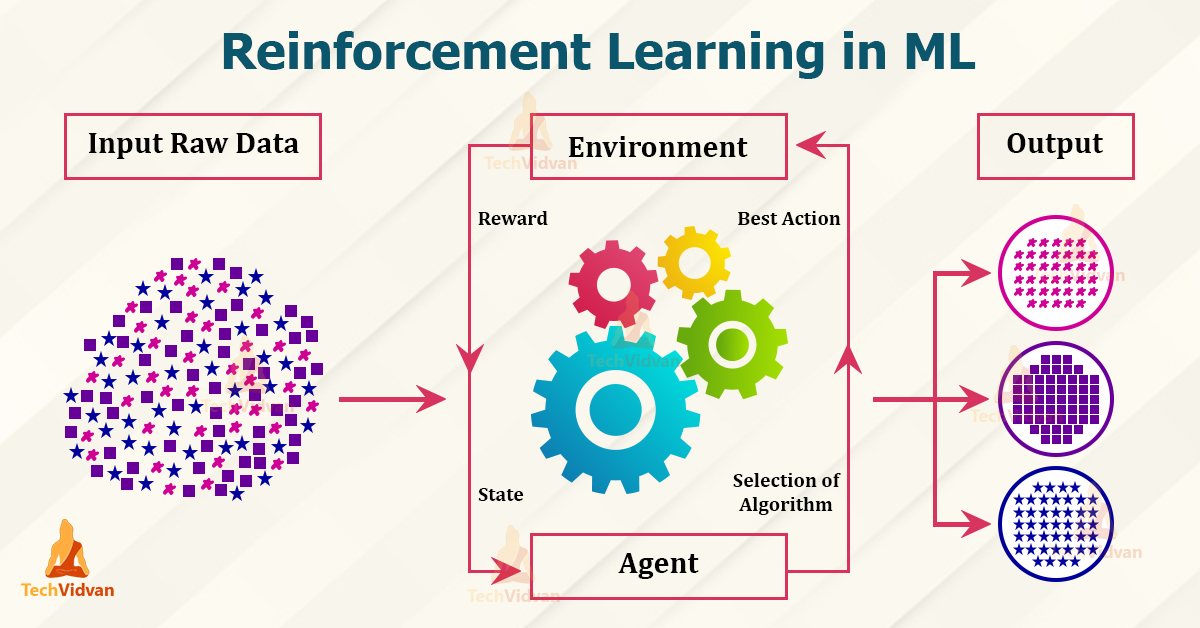Types of Machine Learning
Machine Learning (ML) is a rapidly growing field within artificial intelligence that empowers computers to learn and improve from data without explicit programming. One of the foundational aspects of understanding ML is recognizing its different types. Each type of ML addresses unique problems and has its own applications. In this blog post, we will explore the three primary types of machine learning: Supervised Learning, Unsupervised Learning, and Reinforcement Learning.
1. Supervised Learning
Supervised learning is the most commonly used type of machine learning. In this approach, the model is trained on labeled data, meaning that each input comes with a corresponding correct output (label). The goal of the model is to learn the relationship between the input and the output so it can make accurate predictions on new, unseen data.
How It Works
- A dataset with labeled examples is provided, such as images of animals labeled as "cat" or "dog."
- The algorithm analyzes the data and identifies patterns.
- Once trained, the model predicts outputs for new inputs based on what it has learned.
Examples of Supervised Learning Algorithms
- Linear Regression: Predicting numerical values (e.g., house prices).
- Logistic Regression: Binary classification problems (e.g., spam vs. non-spam emails).
- Support Vector Machines (SVM): Classifying data into categories.
- Neural Networks: Complex models for tasks like image recognition or natural language processing.
Applications
- Healthcare: Predicting patient diagnoses based on symptoms.
- Finance: Fraud detection in transactions.
- Marketing: Predicting customer preferences and purchase behaviors.
2. Unsupervised Learning
Unsupervised learning deals with unlabeled data, meaning the algorithm is not provided with explicit answers or outcomes. Instead, the algorithm explores the data to find hidden patterns, structures, or relationships. It’s ideal for tasks where the goal is to group or organize data.
How It Works
- The algorithm processes the raw data without pre-defined labels.
- It tries to find natural groupings or patterns in the dataset.
- The insights from this analysis can help make decisions or prepare the data for further analysis.
Examples of Unsupervised Learning Algorithms
- Clustering: Grouping data points into clusters (e.g., K-Means, DBSCAN).
- Dimensionality Reduction: Reducing data complexity (e.g., PCA, t-SNE).
- Association Rule Learning: Identifying relationships between variables (e.g., Apriori algorithm).
Applications
- Customer Segmentation: Grouping customers based on buying behavior.
- Anomaly Detection: Identifying unusual patterns, such as credit card fraud.
- Recommender Systems: Suggesting products based on past user behavior.
3. Reinforcement Learning
Reinforcement learning (RL) is a unique type of machine learning where an agent learns by interacting with an environment and receiving feedback in the form of rewards or penalties. The goal is to find the best sequence of actions to maximize cumulative rewards.
How It Works
- The agent performs actions in an environment.
- For each action, the environment provides feedback (reward or penalty).
- The agent learns to optimize its actions based on this feedback.
Key Concepts in Reinforcement Learning
- Agent: The entity making decisions.
- Environment: The system the agent interacts with.
- Reward: Feedback for an action (positive or negative).
- Policy: The strategy the agent uses to decide actions.
- Value Function: The expected long-term reward of a state or action.
Examples of Reinforcement Learning Algorithms
- Q-Learning: A value-based method for finding optimal actions.
- Deep Q-Networks (DQN): Combining RL with deep learning.
- Policy Gradient Methods: Directly optimizing the policy.
Applications
- Gaming: Training agents to play games like chess or Go (e.g., AlphaGo).
- Robotics: Teaching robots to navigate environments.
- Autonomous Vehicles: Optimizing driving behavior in dynamic environments.
Comparison of the Types
Conclusion
Understanding the different types of machine learning is essential for selecting the right approach to solve a problem. While supervised learning excels at tasks requiring clear outcomes, unsupervised learning is ideal for uncovering hidden patterns in data. Reinforcement learning, on the other hand, is perfect for scenarios involving decision-making and sequential actions. By mastering these concepts, you’ll be well-equipped to harness the power of machine learning for real-world applications.


















0 Comments